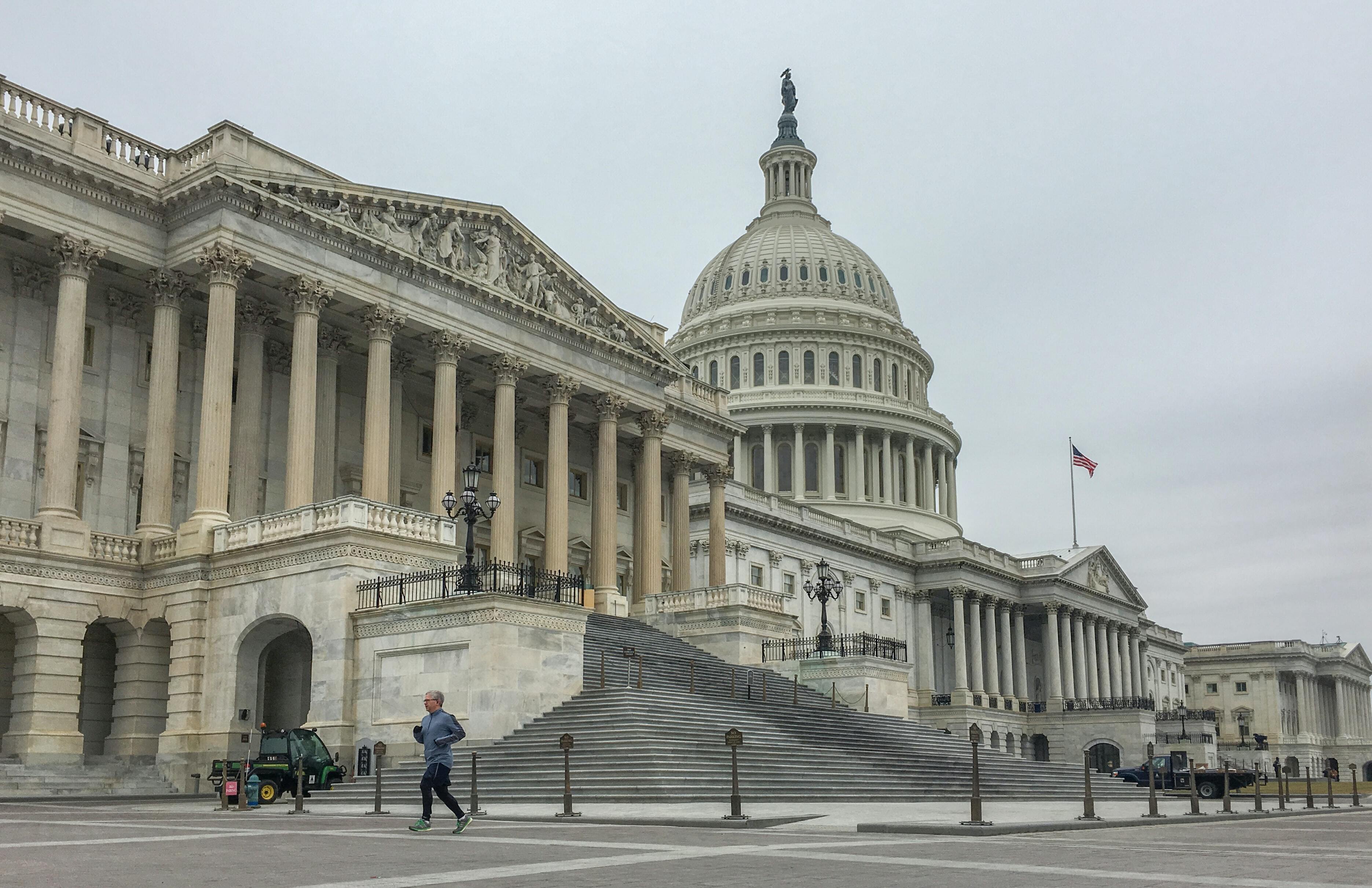8/22/25: Markets Rally on Hints of FED Rate Cuts
Aug 22, 2025 | Weekly Highlights

The Economic Policy Symposium at Jackson Hole, WY, took center stage this week. This annual ‘jamboree’ for central bankers and economists from around the world has often marked turning points in monetary policy. For example, in 2022, the event was the launchpad for the Fed to start raising interest rates aggressively to combat inflation. At last year’s meeting, Chair Powell signaled to the market that rates were ready to come down and 100 basis points (1.00%) of cuts duly followed. This time around the Fed is in more of a predicament over policy due to tariffs, with the labor market softening but inflation, the other side of its dual mandate, elevated. This dilemma was underscored in the minutes from the recent July Fed meeting released on Wednesday which showed conflicting opinions over tariff impacts and an unusual failure to reach a consensus on interest rates.
Powell’s address on Friday, the last before his term as Chair ends in May 2026, did not disappoint. In his remarks regarding the economic outlook Powell emphasized rising downside risks to the labor market and economic growth and downplayed the risk of tariffs on long-term inflation expectations. As such, he signaled another round of interest rate cuts ahead.
Investors also digested a raft of housing data this week, including building permits, housing starts (new construction) and existing home sales, which all continue to depict a market that remains heavily depressed by the current high cost of borrowing. Of note, a gauge of US manufacturing activity rose to its highest level in three years on Thursday as companies still report strong demand conditions. At the same time, a price charged component of the index also remained around its highest level in three years. Indeed, this week retail behemoth Walmart commented in its quarterly results release that cost pressures continue to rise due to tariffs.
The market closed out the week with Treasury yields lower, with the two-year hovering around 3.70% and the ten-year at 4.25%. The Chandler house view still calls for at least two 0.25% rate reductions this year from the current level of 4.25-4.50%. We expect the Treasury curve to continue to steepen over the next six to twelve months, led by lower front-end rates.
Next week: Chicago Fed National Activity Index (CFNAI), New Home Sales, Durable Goods Orders, FHFA House Price Index, S&P CoreLogic Case Shiller Home Price Index, Conference Board Consumer Confidence, GDP Annualized (2Q), Initial Jobless Claims and Continuing Claims, Pending Home Sales, Personal Income and Spending, PCE Price Index, University of Michigan Sentiment.
© 2025 Chandler Asset Management, Inc. An Independent Registered Investment Adviser. All rights reserved. Data source: Bloomberg, Federal Reserve, and the US Department of Labor. This report is provided for informational purposes only and should not be construed as specific investment or legal advice. The information contained herein was obtained from sources believed to be reliable as of the date of publication, but may become outdated or superseded at any time without notice. Any opinions or views expressed are based on current market conditions and are subject to change. This report may contain forecasts and forward-looking statements which are inherently limited and should not be relied upon as an indicator of future results. Past performance is not indicative of future results. This report is not intended to constitute an offer, solicitation, recommendation, or advice regarding any securities or investment strategy and should not be regarded by recipients as a substitute for the exercise of their own judgment. Fixed income investments are subject to interest rate, credit, and market risk. Interest rate risk: The value of fixed income investments will decline as interest rates rise. Credit risk: the possibility that the borrower may not be able to repay interest and principal. Low-rated bonds generally have to pay higher interest rates to attract investors willing to take on greater risk. Market risk: the bond market, in general, could decline due to economic conditions, especially during periods of rising interest rates.